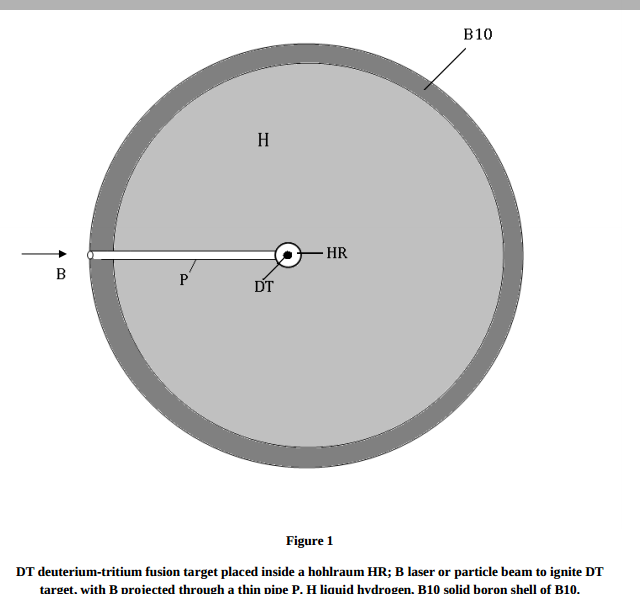

| Visitors Now: | |
| Total Visits: | |
| Total Stories: |

| Story Views | |
| Now: | |
| Last Hour: | |
| Last 24 Hours: | |
| Total: | |
Efficient Energy Conversion of the 14MeV Neutrons in DT Inertial Confinement Fusion
From
In DT fusion 80% of the energy released goes into 14MeV neutrons, and only the remaining 20% into charged particles. Unlike the charged particles, the uncharged neutrons cannot be confined by a magnetic field, and for this reason cannot be used for a direct conversion into electric energy. Instead, the neutrons have to be slowed down in some medium, heating this medium to a temperature of less than 10^3K, with the heat removed fom this medium to drive a turbo-generator. This conversion of nuclear into electric energy has a Carnot efficiency of about 30%. For the 80% of the energy released into neutrons, the efficiency is therefore no more than 24%. While this low conversion efficiency cannot be overcome in magnetic confinement concepts, it can be overcome in inertial confinement concepts, by surrounding the inertial confinement fusion target with a sufficiently thick layer of liquid hydrogen and a thin outer layer of boron, to create a hot plasma fire ball. The hydrogen layer must be chosen just thick and dense enough to be heated by the neutrons to 100,000K. The thusly generated, fully ionized, and rapidly expanding fire ball can drive a pulsed magnetohydrodynamic generator at an almost 100% Carnot efficiency, or possibly be used to generate hydrocarbons.
See more and subscribe to NextBigFuture at 2012-12-29 12:15:28 Source: http://nextbigfuture.com/2012/12/efficient-energy-conversion-of-14mev.html
Source:



